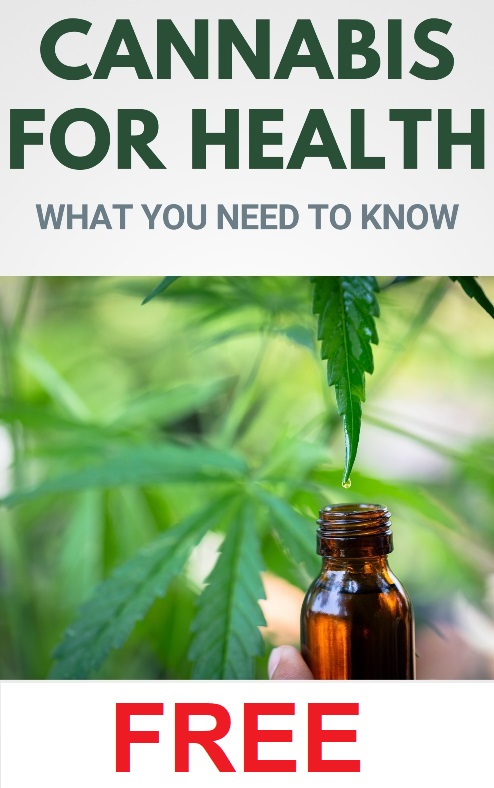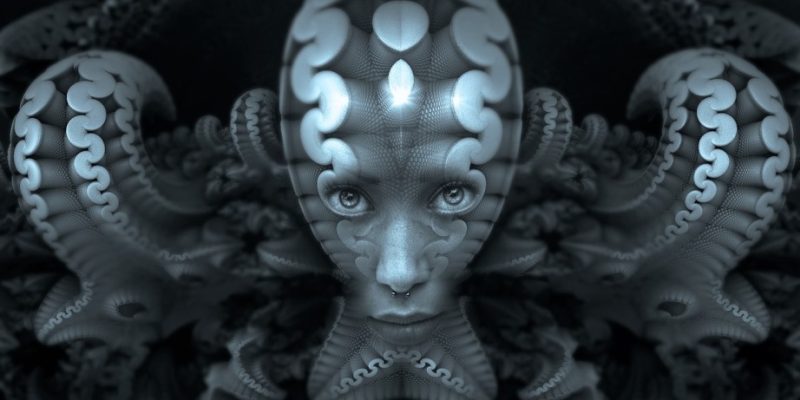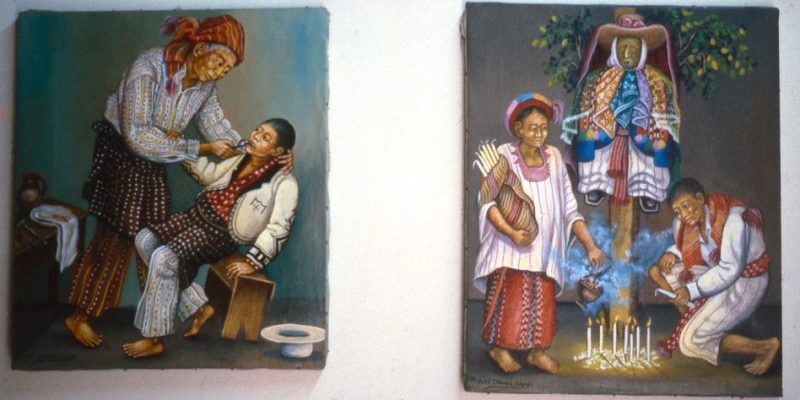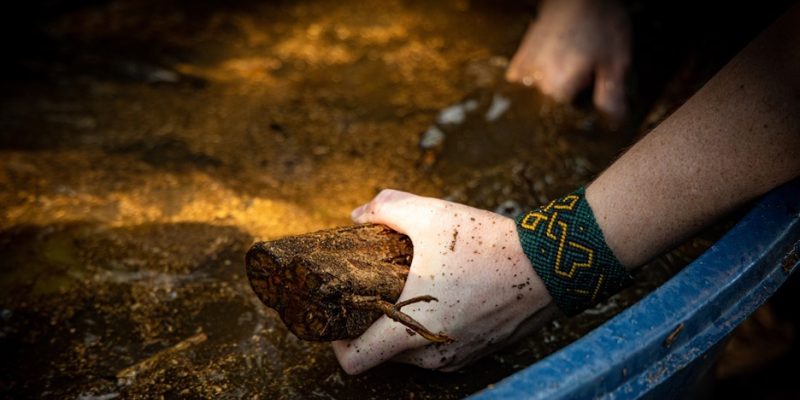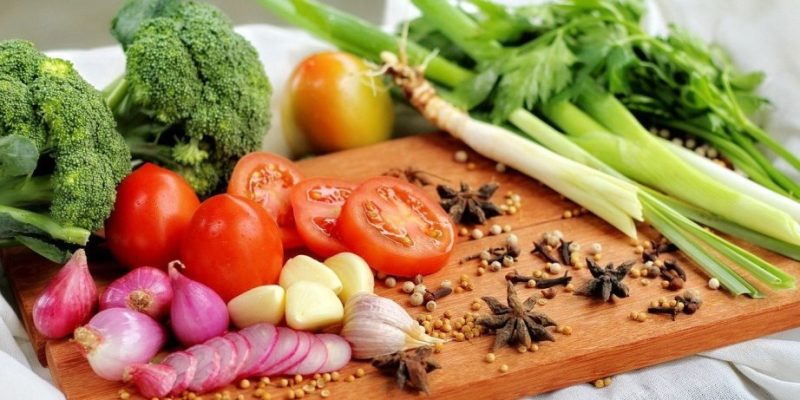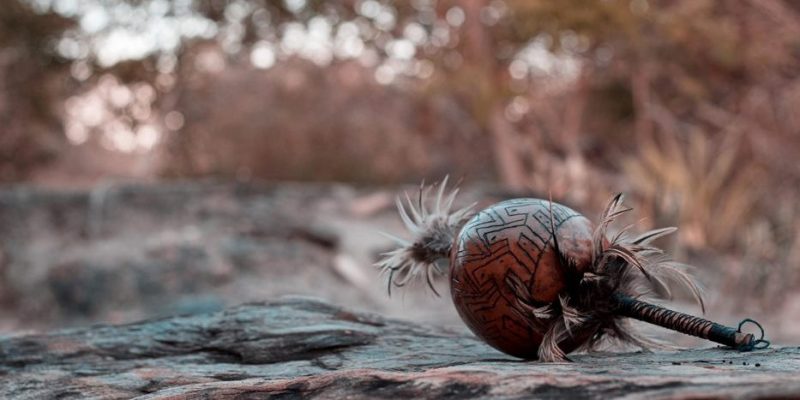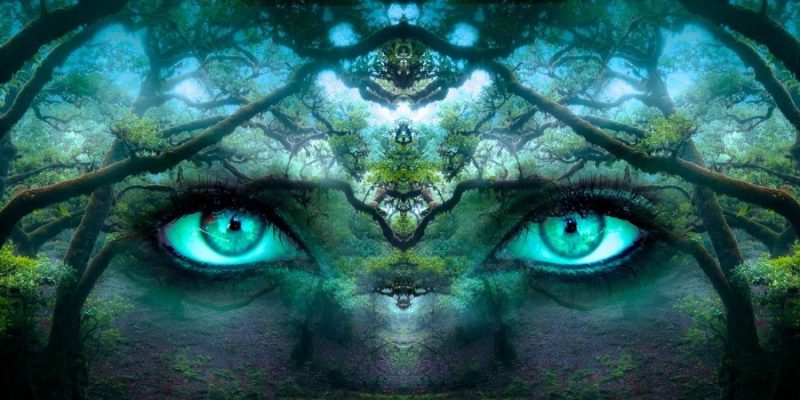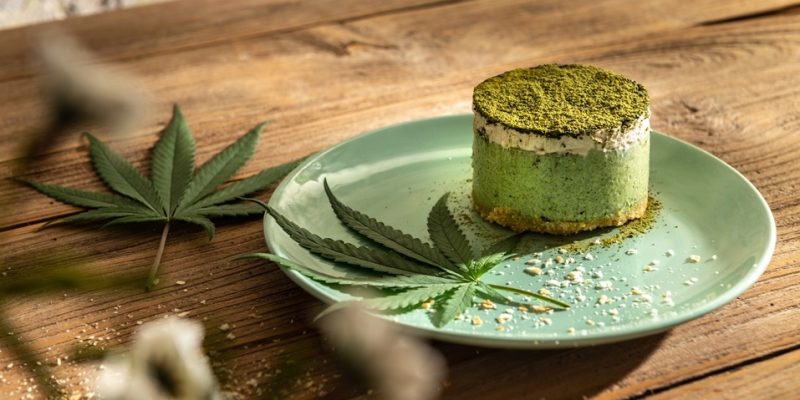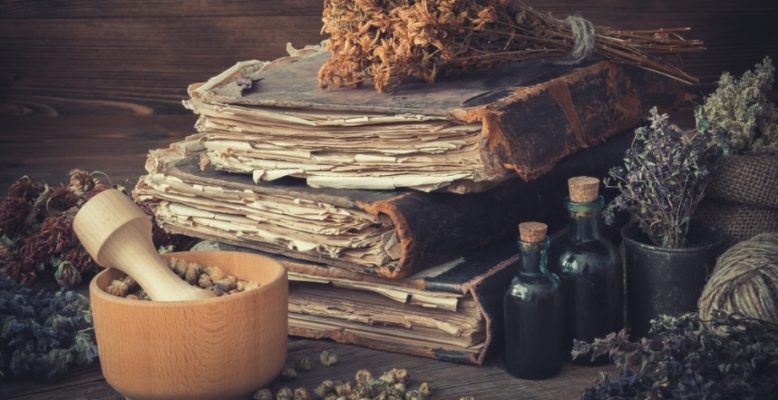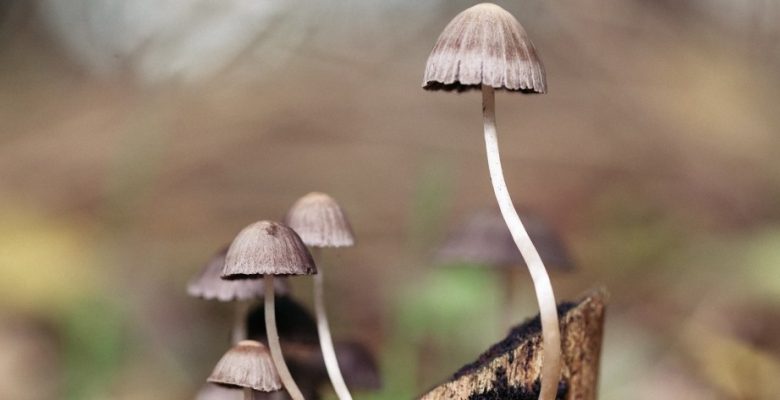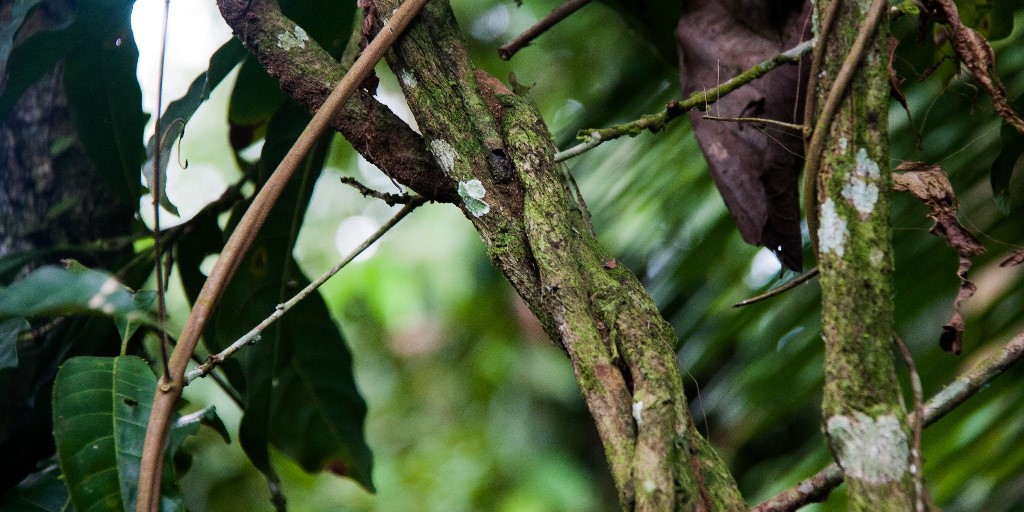
Ayahuasca is a traditional plant medicine and brew from the Amazonian region and commonly made from the Banisteriopsis caapi vine and the leaves of the Psychotria viridis shrub.
The Psychotria viridis shrub (which is also known as Chacruna) contains Dimethyltryptamine (DMT), a psychoactive and psychedelic substance. Psychotria viridis may also be substituted by the Diplopterys cabrerana shrub (also known as Chaliponga or Chagropanga), which is also rich in DMT.
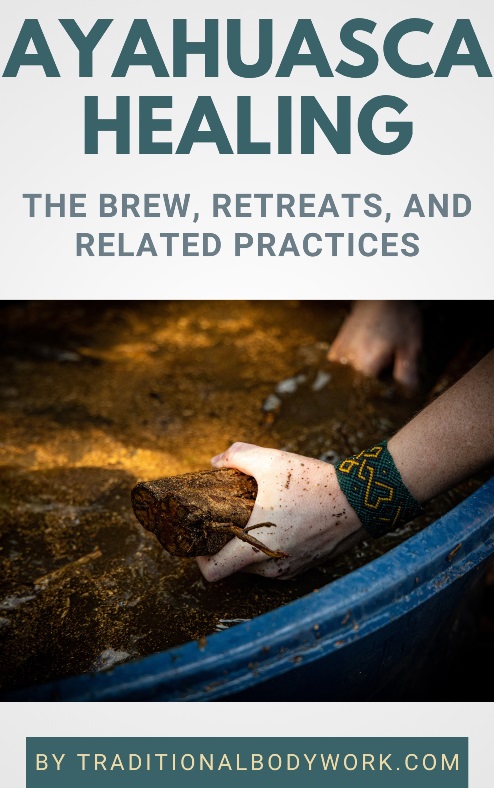
Nevertheless, taking DMT orally will not have much effect, because it’s quickly broken down by Monoamine Oxidase enzymes (MAO) in the liver and the stomach. However, when the Ayahuasca vine is added (the Banisteriopsis caapi liana), the MAO-inhibitors (MAOI) resident in the plant (such as harmaline, harmine, and tetrahydroharmine) prevent the quick breakdown of DMT.
As such, it’s actually the combination of Banisteriopsis caapi and Psychotria viridis that creates the psychoactive, psychedelic, hallucinogenic brew (or tea) of which the effects can last several hours after consumption. From out a scientific perspective it’s actually the DMT found in Psychotria viridis or Diplopterys cabrerana plants that give the Ayahuasca-effect, and not the Ayahuasca vine. In chemistry and bioscience, the Ayahuasca vine is only seen as a “DMT enabler” because of its MAO inhibitors.
However, from out a traditional indigenous viewpoint it’s rather the DMT plant that activates, enables, or strengthens the innate power of the Banisteriopsis caapi vine. Moreover, traditional Ayahuasca is often made by only using the vine, which deepens the spiritual aspect of the ceremony, but without an overdose of psychedelic effects.
In fact, the vine itself (of which there are different strains with different intensities and effects) contains compounds that can induce pleasant emotional states, vomiting, purging and detoxification, a range of bodily sensations, dreaminess, divination powers, and timelessness, but also psychedelic experiences.
Mind that many Ayahuasca brews contain more medicinal plants than the main plants mentioned above. It depends on the region, tribe, lineage, intention, goal, and knowledge of the Shaman which additional (parts of) plants and herbs (or even animal parts and secretions) may be added.
Think of plants like Mimosa hostilis (Jurema), Brugmansia (Angel’s trumpets), Mapacho tobacco, Tetrapterys mucronata, Iochroma fuchsioides, Psilocybe cubensis (a Magic Mushroom), Erythrina poeppigiana, Alchornea castaneifolia, and Brunfelsia, among many, many others.




